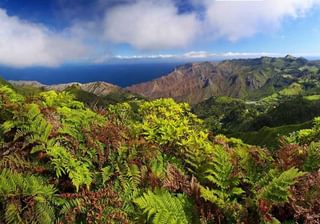St Helena Trip Inspiration
Speak to a St Helena expert today
and start planning your tailor-made vacation

Alistair


Can't decide where to go? Why not peruse some of our most popular destinations for inspiration then give us a call!
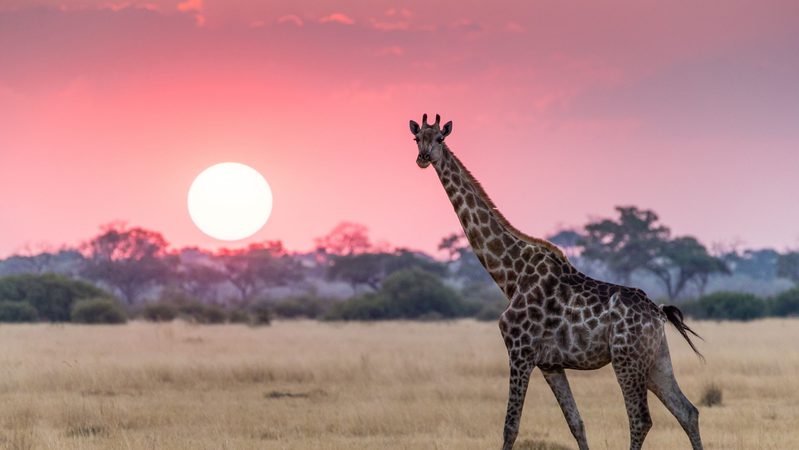
A diverse land brimming with superb safaris, pristine sandy beaches, towering snow-capped peaks and tropical underwater worlds is just waiting to welcome you

Australia offers vibrant cities, diverse landscapes, and iconic wonders like the Great Barrier Reef. New Zealand adds dramatic scenery, Maori culture, and relaxed charm. Together, they promise nature, adventure, culture, and warm hospitality.

If you're dreaming of an island getaway, look no further than the Caribbean with its gorgeous soft sand beaches and lively, diverse cultures.
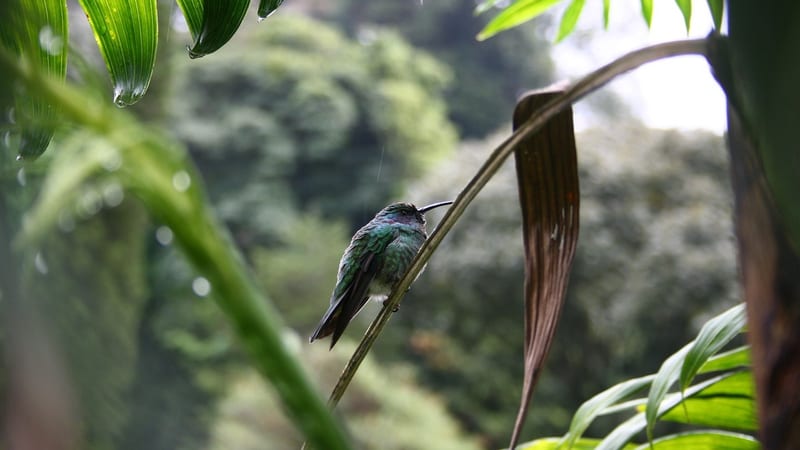
Head to the amazing destination that is Central America, full of the knowledge of ancient civilizations, incredible mountains, and beautiful beaches.

Discover vibrant cultures, pristine beaches, and tantalizing flavours in the captivating travel haven that is East and Southeast Asia

Embark on a journey through the vibrant tapestry of India, Sri Lanka, and Bhutan—where ancient temples, lush tea plantations, and soaring Himalayan peaks promise unforgettable moments at every turn.
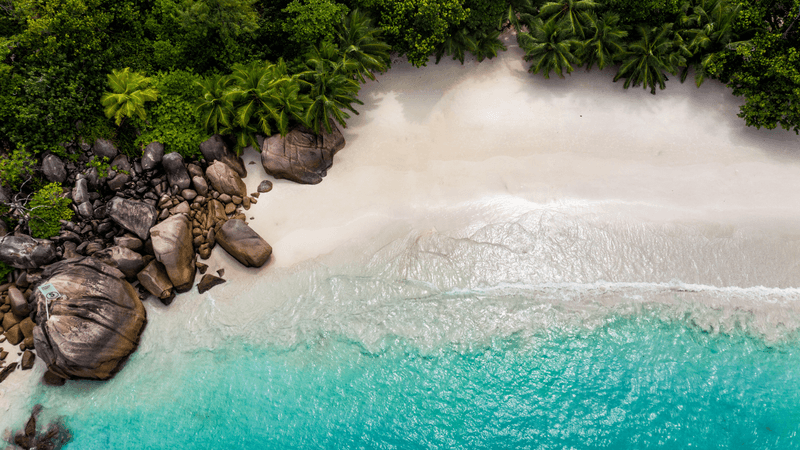
Picture yourself basking on sun-kissed beaches, sipping tropical cocktails beneath swaying palms —where crystal-clear lagoons and luxurious resorts cater to your every desire.

Experience world-class hospitality, mouthwatering cuisines, and the region’s deep-rooted cultural traditions for an unforgettable Middle East adventure.

Experience a captivating blend of modern innovation and centuries-old traditions as you wander through the cities of North Asia, with its serene temples, and breathtaking landscapes.

Venture to the ends of the Earth and behold the icy majesty of polar landscapes. Discover pristine solitude, exhilarating expeditions, and breathtaking views that promise a memorable encounter with nature at its most dramatic
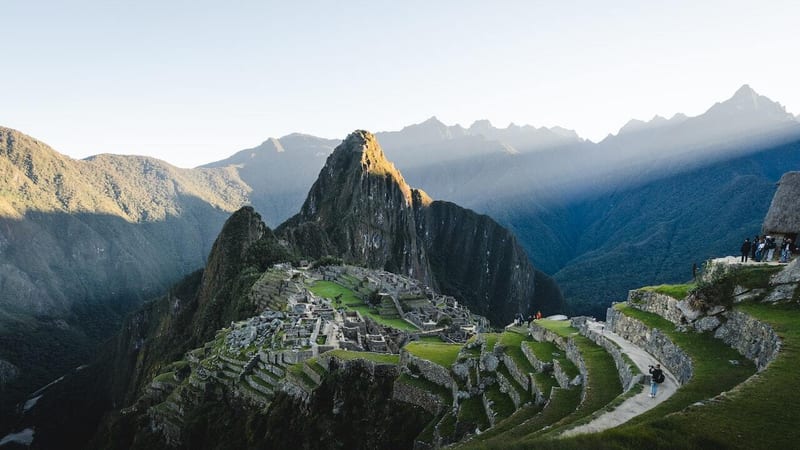
Journey into the heart of South America, where the rhythmic pulse of its vibrant cities meets the majesty of the Amazon rainforest and the timeless wonder of ancient civilizations.
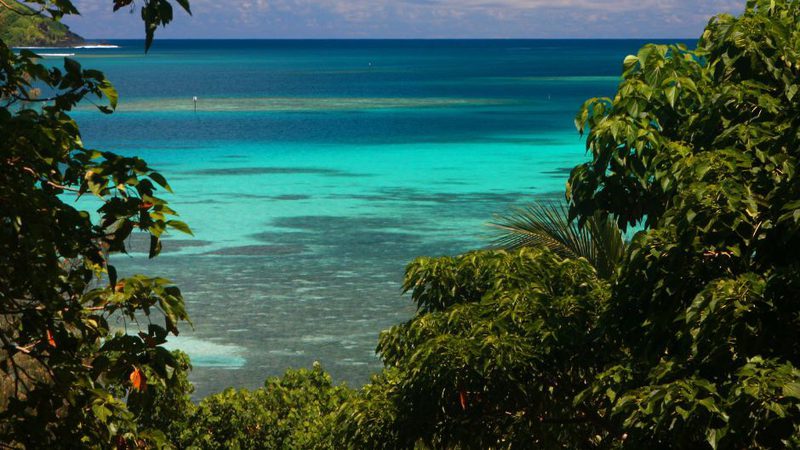
The South Pacific is a paradise of turquoise waters, white-sand beaches, and vibrant island cultures. From adventure and natural beauty to pure relaxation, each island offers its own unique charm and welcome.

From the soaring plains of the Southwestern USA to the stunning landscapes of the expanses of Canada, visit some of the most impressive scenery in the world

If you are looking for a trip to knock iconic locations off your bucket list, check out our buck list recommendations
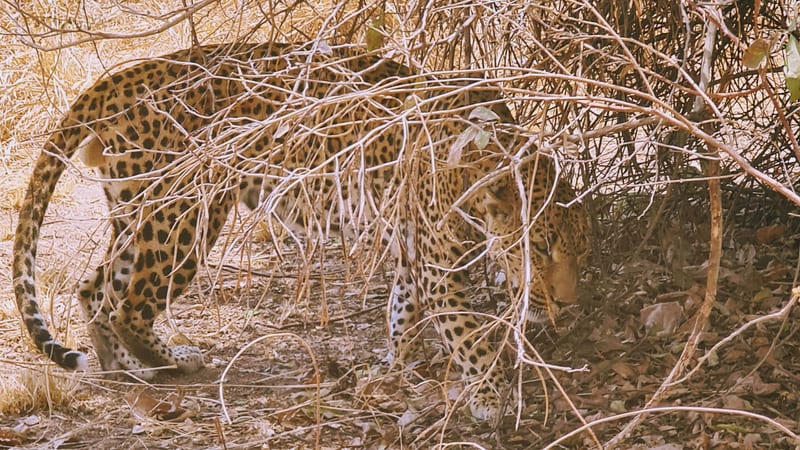
From the graceful stride of giraffes at sunrise to the echoing roars of lions beneath starlit skies, each of our safaris promises an unforgettable dance with nature.


Our family holidays are a perfect opportunity to create lasting memories, whether exploring new destinations or simply enjoying quality time together. From adventure-filled escapes to relaxing beach retreats, they offer a chance to reconnect and unwind away from daily routines.

Our luxury holidays offer the finest experiences, from exclusive resorts and private villas to tailor-made adventures with impeccable service.

For those seeking adventure beyond the usual tourist trails, our off-the-beaten-track trips take you to some of the world’s most remote and untouched destinations, where authentic cultural encounters and breathtaking landscapes await. Let us craft your unique journeys that few travellers ever experience.

For the ultimate beach escape, we offer luxury holidays to some of the world’s most stunning coastal destinations, from the white-sand shores of Antigua to the turquoise waters of Zanzibar.

For those who crave excitement and exploration, our adventure holidays take you to some of the world’s most thrilling destinations, whether trekking through Patagonia, summiting Mount Kenya, or kayaking past icebergs in Antarctica.

Interested in something a bit more focused? How about a horse-riding holiday through Argentina? Or a photography safari? Look through our Special Interest holiday selection for inspiration

Our wildlife holidays invite you to step into unique ecosystems and experience amazing animal encounters. Whether spotting majestic tigers in the jungles of India or marvelling at polar bears in the Arctic, each trip promises awe-inspiring moments steeped in the magic of nature.

Our small group tours offer the perfect balance of expert-guided exploration and personal experience, taking you to incredible destinations with like-minded travellers. Whether it's a wildlife safari in Botswana, a cultural journey through Vietnam, or a chef-led expedition through India, our carefully curated itineraries ensure an intimate, enriching, and hassle-free experience.

Sustainability travel is at the core of what we do and a guiding principle in every choice we make as a business. Let us help you make sustainable travel choices
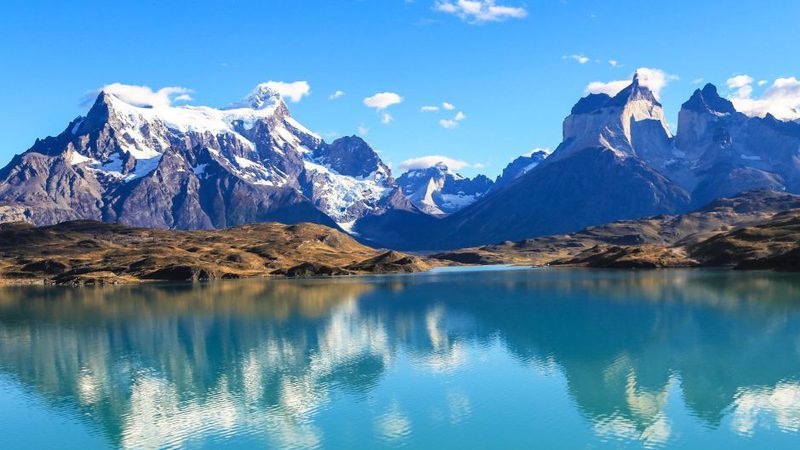
Read about what we do to make a difference
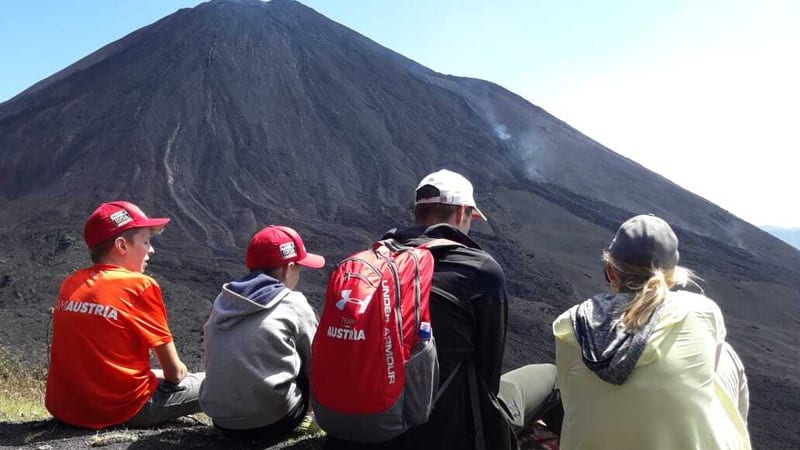
One of the most important parts of our commitment to responsible travel is protecting our clients, and it is a part that we take extremely seriously.
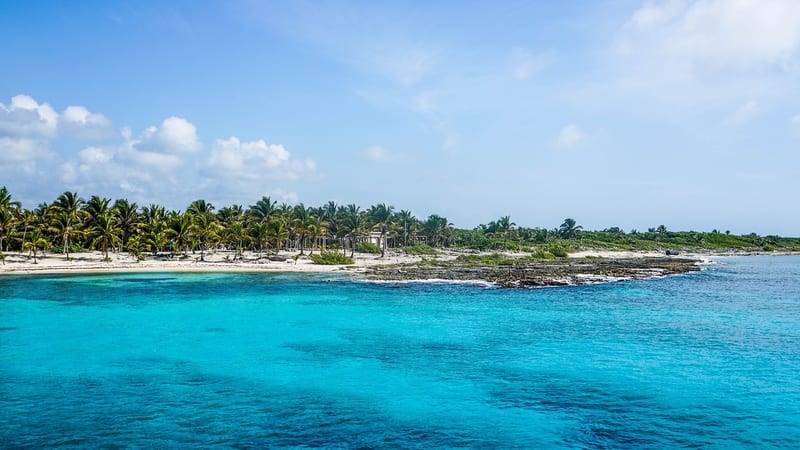
Not sure what's best for which time of year? Check out our expert-written guides

Looking for some expertise on your destination? Have a look through our selection of guides and articles written by our destination experts

Looking for more inspiration? Read from our range of hundreds of articles from our travel specialists, local guides, and personal travel tales.

Our mission is to make every holiday special. We will do this whilst specifically aiming to minimise the environmental impact of our activity and maximise our opportunity to influence others to do the same.
Learn about the exciting endemics of St Helena

St Helena is a remote volcanic island in the South Atlantic, is a paradise for hikers. With its rugged coastline, dramatic cliffs, and lush, misty peaks, the island offers a fascinating blend of history and natural beauty. Whether you’re following in the footsteps of Napoleon or exploring the island’s unique endemic flora, each trail tells its own story. This guide takes you through some of the best hiking routes on St Helena, as experienced on a guided walking trip.
Be inspired by our recommended St Helena Trip Ideas.
Best Place to See It: Deadwood Plain, Prosperous Bay Plain, and Horse Point
The St Helena Plover (Charadrius sanctaehelenae), known locally as the Wirebird due to its thin, wiry legs, is the island’s only surviving endemic land bird. It’s a small, elegant wader, often seen darting across open grasslands. Deadwood Plain is one of the best places to spot them, where conservation efforts have helped stabilise their population. Prosperous Bay Plain and Horse Point are also good locations, particularly if you’re exploring the island’s drier coastal areas.

Best Place to See It: The Peaks National Park and Plantation House Gardens
Once thought to be extinct, the St Helena Ebony (Trochetiopsis ebenus) was rediscovered in the 1980s. This striking plant produces delicate white flowers and thrives in carefully managed conservation areas. If you’re hiking in The Peaks National Park, you may spot some growing in protected enclosures. For an easier sighting, visit Plantation House Gardens, where some specimens have been planted for public
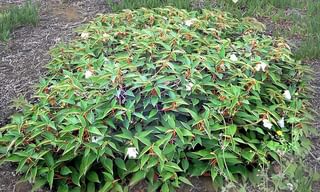
Best Place to See It: Diana’s Peak National Park
This rare species of grass (Carex dianae) is exclusive to St Helena’s highest elevations. The best way to see it is by hiking up Diana’s Peak (823m), the highest point on the island. As you climb, you’ll pass through misty cloud forest, home to many of St Helena’s rarest plant species. The peak also offers spectacular 360-degree views of the island.
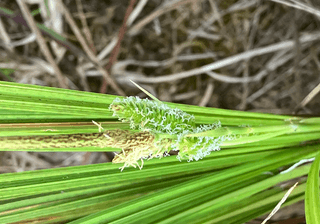

Best Place to See It: The Peaks National Park
One of the rarest invertebrates on the planet, the Spiky Yellow Woodlouse (Pseudolaureola atlantica) can only be found in the island’s cloud forests. These tiny, bright yellow creatures live in the dense vegetation of The Peaks National Park, where conservationists are working to protect their fragile habitat. While they’re hard to spot, knowing you’re in the presence of one of the world’s rarest species makes the trek up Diana’s Peak even more special.
Best Place to See It: The higher-altitude forests, including Diana’s Peak and High Peak
This small but beautiful snail (Succinea sanctaehelenae) gets its name from its slightly translucent shell, which appears to blush in the light. It thrives in the island’s higher, wetter forests, making Diana’s Peak and High Peak the best places to look for it. If you’re walking carefully through the undergrowth, you might just find one nestled in the damp foliage.
Current Location: St Helena Museum
Previously known Locations: Horse Point Plain, Prosperous Bay Plain (if rediscovered)
The St Helena Giant Earwig (Labidura herculeana) was once the world’s largest earwig, growing up to 8 cm long. Sadly, it has not been officially recorded since the 1960s and is officially declared extinct.
It was once found in dry, rocky areas like Horse Point Plain and Prosperous Bay Plain. While no one has spotted one in decades, why not head out to these points and see if you could be the first to see one this century?
You can visit the St Helena Museum to see one of the only remaining preserved specimens of this fascinating species.
St Helena’s endemic species are part of what makes the island so special, but many of them are at risk due to habitat loss, invasive species, and climate change. If you’re visiting, consider joining a guided nature tour or supporting local conservation projects to help protect the island’s incredible biodiversity.
✅ Visit The Peaks National Park – This is the best place to see a range of endemic plants, invertebrates, and the island’s unique cloud forest ecosystem.
✅ Walk quietly and slowly – Many of these species are small and well-camouflaged, so patience is key.
✅ Ask local guides for help – Many guides are involved in conservation efforts and know the best places to find rare species.
✅ Avoid disturbing habitats – Stick to marked trails and avoid picking plants or moving rocks.
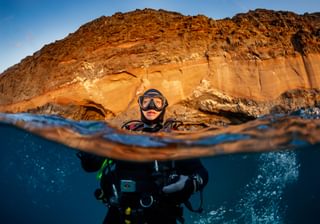

St Helena is not just a historical curiosity—it’s an ecological wonderland. Whether you’re looking for rare birds, unique plants, or bizarre invertebrates, this tiny island offers once-in-a-lifetime wildlife experiences. With its remote beauty and dedicated conservation efforts, St Helena is a dream destination for anyone who loves nature.
So why not call us to organise your visit, where you venture into the wild side of St Helena and discover a world of life found nowhere else on Earth.
and start planning your tailor-made vacation


I have just returned from the most amazing trip to Tanzania, booked with Far & Wild. Everything went so smoothly from the first time I spoke with them. The planning was great, the itinerary was perfect for us, and the lodges were amazing. We spent 10 nights with an amazing guide, travelling through Northern Tanzania and even got to see the migration, which was a lifetime ambition of mine. This wasn't our first safari, so we were nervous as to how it would compare, but it was spot on. I will certainly be using them again to book our next trip....we're thinking of a relaxing beach stay next time to get over the excitement of safari!
Just back from another amazing F&W organised trip to Namibia with the family (8 adults). Having been there before, Alistair tailored our trip to include our favourite locations and added a new one for us, which we loved.The quality of accommodation and guiding, activities, food and drinks was exceptional throughout. It was good value for the level of luxury we had.
We had a wonderful trip to São Tomé and Príncipe - a small island nation in the Gulf of Guinea with paradise (almost empty) beaches and jungle forest. It was all well organised by Far and Wild and we stayed at a great combination of different types of resorts/hotels. We really recommend this for those who want to experience a pristine destination with few other tourists and friendly and welcoming people. The islands also feel very safe. At Principe, there are no dangerous animals, snakes or whatever, and it was great to be able to hike in the jungle without being very conscious of where to put your hands and feet. Go before everyone else does!
Back home again, basking in the joys of a superb safari. Every aspect you arranged for us, including linking up with Mack Air and Wild Horizons locally to transport us. The choice of camps was ideally situated, comfortable, in good surroundings, and with excellent wildlife on the doorstep and throughout the wider country. The service staff in each looked after us very well, catering was excellent, and the game guides were professional, knowledgeable and helpful. You made us happy, and we recommend you to similar safari enthusiasts with confidence.
Far and Wild went above and beyond to make sure my trip to Zambia was special. I would definitely recommend them and their services to anyone wanting to travel to Africa.
Lovely holiday at the amazing Almanara on Galu beach, a beach like no other. Far and Wild excelled themselves from beginning to end of our holiday in beautiful Kenya.... What a country!,
Wow! These guys are amazing. Can’t recommend them highly enough. Friendly AND efficient! Sorted out our trip (last minute and lots of different family member needs, sorry!) in record time and everything worked like clockwork. Trip of a lifetime to the Masai Mara. Will be back (and use F&W again!)!
It was a dreamy holiday on the Kenyan Coast - Far and Wild, their efficiency and professionalism allowed us to relax and be the happiest family alive !! We cannot fault them, their care and understanding of what we wanted from a holiday ensured we had the most memorable trip. We will be booking with them again for sure!
Get travel tips directly to your inbox every week
Give us a call on 888 445-2912 or fill in the form below and we’ll be in touch.


